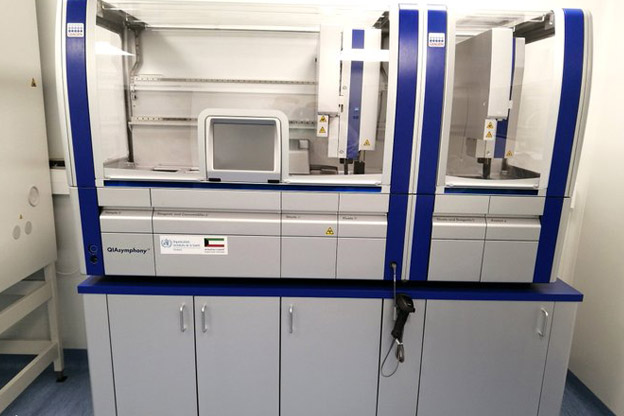1 / 7

Since the start of the Syrian crisis, WHO has maintained a strong partnership with the Syrian Red Crescent to reach people living in hard-to-reach and besieged areas, especially people with limited access to health care to save lives and promote health. This partnership continues in the response to the COVID-19 pandemic.
2 / 7

In the Gaza strip, WHO delivered 50 000 COVID-19 sample collection swabs and 1000 rapid tests to local health authorities. This delivery comes at a critical time as testing supplies are running low due to the ongoing spread of the virus.
3 / 7

In Libya, with the support of WHO, distribution of 426 oxygen concentrators is ongoing to 93 health facilities involved in the COVID-19 response aiming to strengthen the local health system response.
4 / 7

In Tunisia, WHO continues to support the Ministry of Health technically and financially in order to improve laboratory capacities and timely detect COVID-19 cases.
5 / 7

In Yemen, COVID-19 is exacerbating the humanitarian needs of the people. A new partnership with Germany will enable WHO to support the continuity of medical treatment at 32 isolation units, including through the provision of personal protective equipment.
6 / 7

In Sudan, with a generous donation from the United States Agency for International Development and country-based pooled funds, WHO distributed essential medicines to respond to the health impact of the recent floods. These lifesaving medicines and medical supplies for emergency services will help 900 000 people in 15 states over 3 months.
7 / 7

As Somalia battles COVID-19, WHO is also responding to other health threats to protect the most vulnerable. With the support of health authorities in the central and southern zones , and UNICEF, more than 56 500 children aged 6 months to 5 years received measles vaccine and vitamin A, and children above 12 months also received albendazole tablets.








